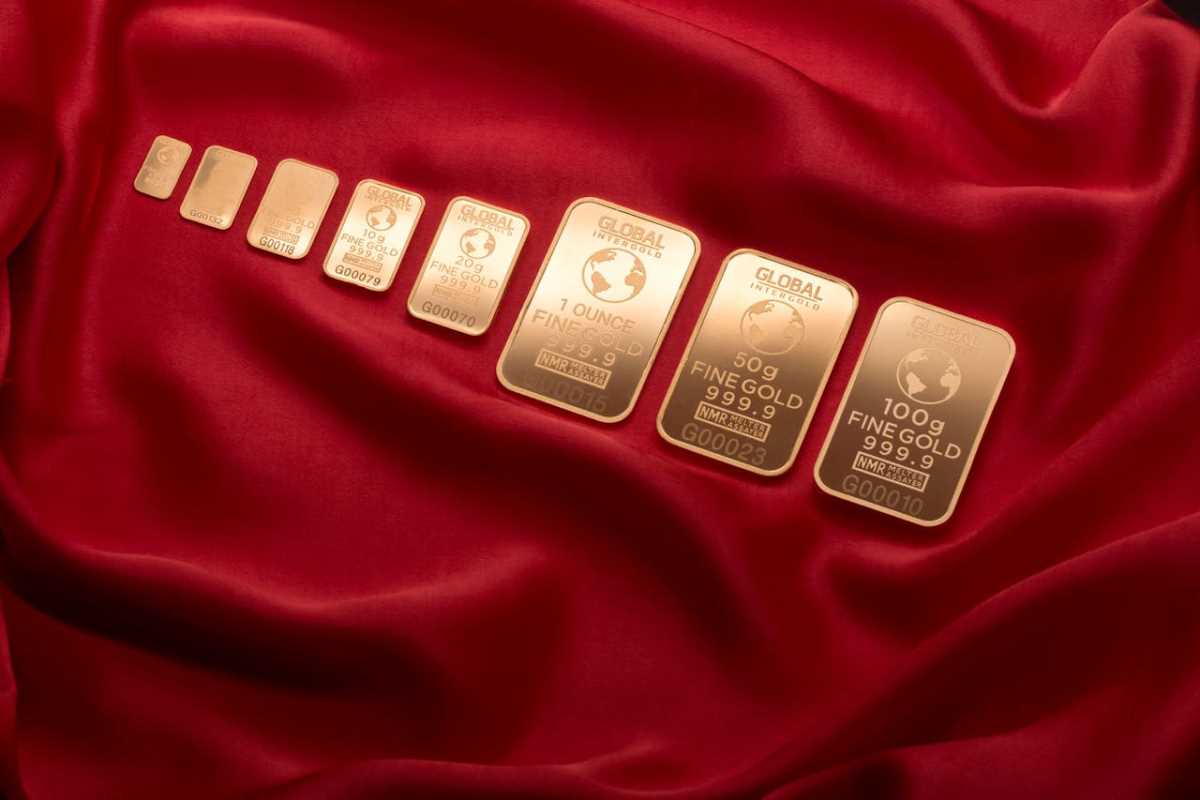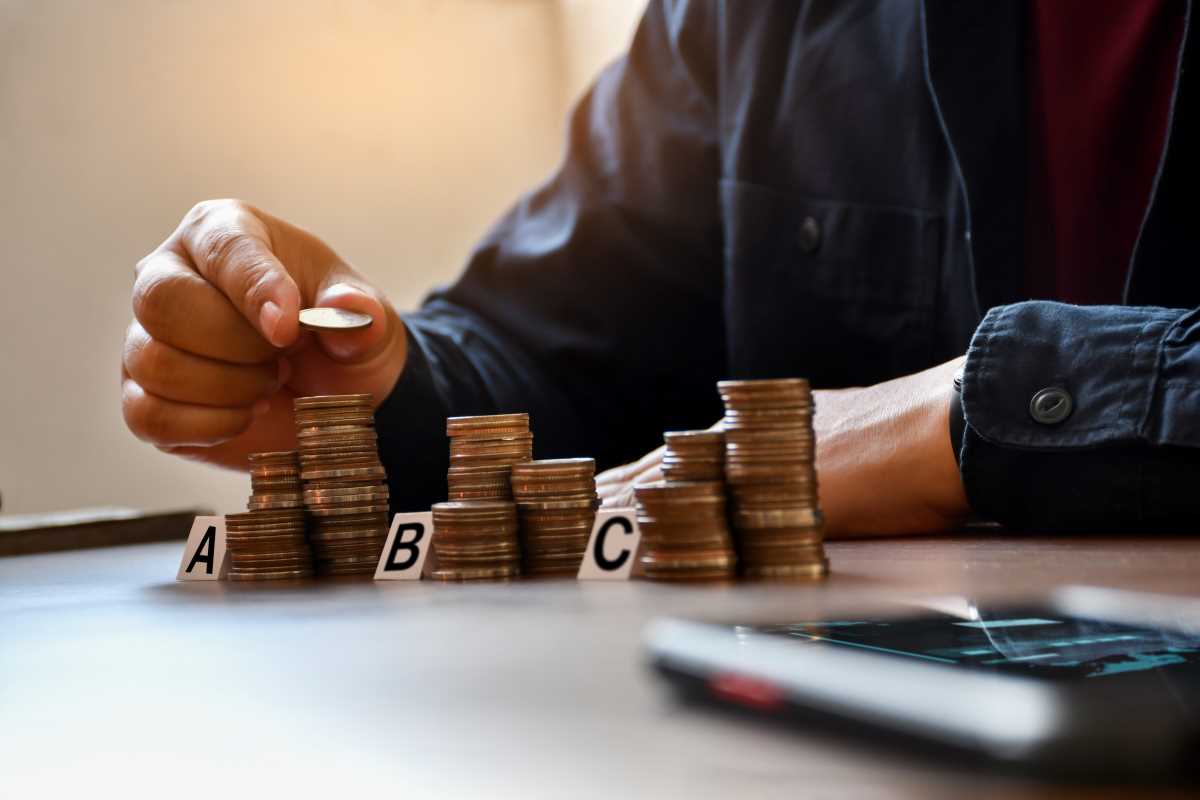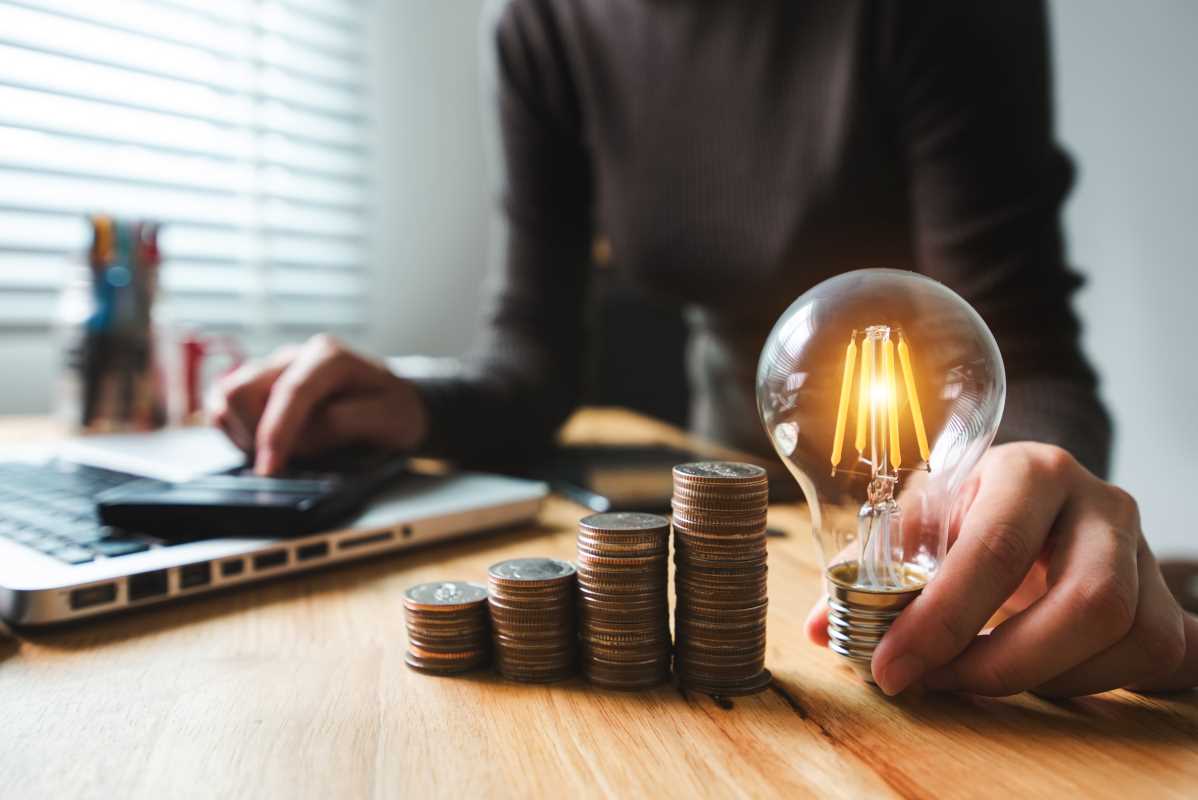Investing in precious metals like gold and silver has fascinated people for generations—and for good reason. These metals are not only beautiful but have also held their value over time, offering a sense of security and stability. If you’re new to this type of investment, it’s completely normal to feel a bit unsure at first. Where do you begin? How can you avoid common mistakes? Most importantly, is this the right path for your financial goals? Let’s explore this together and break it down step by step so you can feel confident about making decisions that work for you.
What Are Precious Metals and Why Do Investors Value Them?
Precious metals are rare, naturally occurring elements that have significant economic value. Gold, silver, platinum, and palladium are the most widely recognized precious metals for investment purposes. They're valued both for their industrial uses and their role as a financial safety net during times of economic uncertainty.
Gold, for instance, has been used as currency, jewelry, and a store of value for thousands of years. Meanwhile, silver is prized for its affordability and dual role in industry and investment. Platinum and palladium, while less common, are crucial for industrial applications such as car manufacturing.
Investors often turn to these metals to diversify their portfolios and hedge against risks like inflation or market instability. They act as a tangible alternative to more abstract financial assets, such as stocks and bonds.
Benefits of Investing in Precious Metals
Why do so many people invest in gold, silver, or other metals? Here are some key benefits to consider:
1. Hedge Against Inflation
During periods of inflation, the value of traditional currencies tends to decrease. Precious metals, particularly gold, can hold their value and even increase in price during such times. This makes them an attractive option for preserving purchasing power.
2. Portfolio Diversification
Adding precious metals to your investment portfolio can reduce risk. Stocks, bonds, and real estate markets can fluctuate based on economic trends, but the value of metals often moves independently. This "low correlation" means they help balance out potential losses in other areas.
3. Safe Haven During Economic Turmoil
Precious metals are seen as a reliable store of value during times of uncertainty. When markets crash or geopolitical tensions rise, investors often flock to gold and silver as a stable option.
4. Liquidity
Gold and silver are highly liquid assets. If you need to sell quickly, markets for these metals are usually active, making it relatively easy to convert them into cash.
5. Tangible Assets
Unlike stocks or mutual funds, precious metals are physical assets you can hold. This tangibility offers a sense of security for many investors, especially in an age where many financial assets exist only as digital records.
While these benefits are compelling, no investment is without risk. Understanding the potential challenges is just as important.
Risks and Challenges of Precious Metal Investments
Before leaping into gold and silver, you should be aware of some common risks and challenges:
1. Price Volatility
Prices for precious metals can swing dramatically. Although they tend to be stable in the long term, short-term movements can be unpredictable. Gold prices might soar during a recession but could drop just as quickly when the economy stabilizes.
2. Storage and Insurance Costs
If you choose to own physical gold or silver, you'll need a safe place to store it. Renting a secure vault or installing a home safe can be costly. Additionally, insuring your metals against theft or loss adds another expense.
3. No Passive Income
Unlike stocks or bonds, precious metals won’t pay you dividends or interest. Profit is only realized when you sell, ideally at a higher price than what you paid. For investors seeking passive income, this might be a limitation.
4. Market Speculation and Scams
The precious metals market has its fair share of fraudsters and overpriced products. Fancy coins or "collectibles" might look appealing but often come with high markups and limited resale value. It’s crucial to work only with reputable dealers.
Ways to Invest in Precious Metals
Once you've weighed the pros and cons, the next step is to decide how you want to invest. There’s no one-size-fits-all approach, so your choice will depend on your goals, budget, and risk tolerance. Here's an overview of your options:
- Physical Bullion: This involves buying gold, silver, or other metals in their physical form, such as coins or bars. Bullion is popular among investors who want a tangible, secure asset they can hold in their hands. However, you'll need to think about storage and insurance to protect your investment.
- Exchange-Traded Funds (ETFs): Precious metal ETFs allow you to invest in metals without owning the physical product. These funds track the price of a specific metal, offering the benefit of liquidity and ease of trading on stock exchanges. They're a popular choice for investors seeking market exposure without the hassle of storage.
- Mining Stocks: Another option is to invest in companies that mine or produce precious metals. These stocks often provide leveraged exposure, meaning they can rise more sharply in value when metal prices increase. However, they also carry risks tied to the performance of the mining company itself.
- Futures and Options: For advanced investors, precious metal futures and options offer a way to speculate on price movements. These contracts allow you to buy or sell metals at a set price on a future date. Be aware, though, that this approach is speculative and requires significant market knowledge.
- Precious Metal-Backed IRAs: Some retirement accounts, known as precious metal IRAs, allow investments in physical gold or other metals. These accounts come with tax advantages but also strict rules and fees for managing the assets.
Tips for Beginners in Precious Metal Investing
If you're new to investing in gold, silver, or other metals, here are some practical tips to get you started:
- Start Small: If you're unsure about jumping in, start with a modest investment. For example, buying a small amount of silver bullion or a fractional gold coin can help you ease into the market without feeling overwhelmed.
- Do Your Research: The key to success is understanding what you're investing in. Learn about price trends, market conditions, and the different types of precious metals before committing any money.
- Diversify Your Portfolio: Don't put all your eggs in one basket. Precious metals should only be a part of a broader portfolio that includes stocks, bonds, and other assets.
- Work with Trusted Sellers: Whether you're buying bullion or ETFs, stick to licensed, reputable dealers and brokers. Research their reviews and history to avoid scams.
- Have a Long-Term Mindset: Precious metals are best suited for long-term strategies. Don’t expect huge returns overnight; think of them as a way to preserve wealth over time.
Approach this market with patience, do your due diligence, and don’t hesitate to seek advice if needed. Whether you’re securing a few silver coins or exploring mining stocks, remember that every investment is a step forward in building a solid financial future.
 (Image via
(Image via


.jpg)


